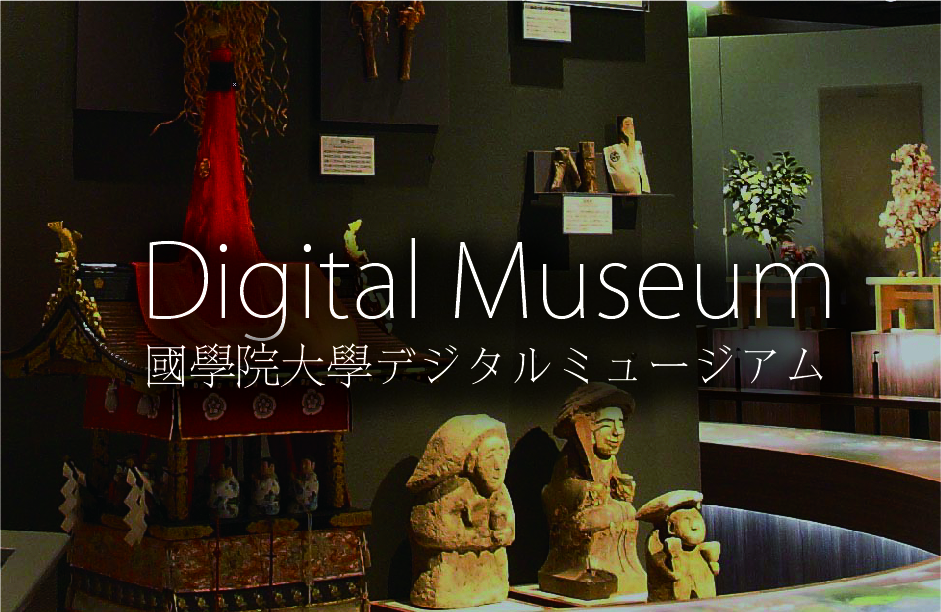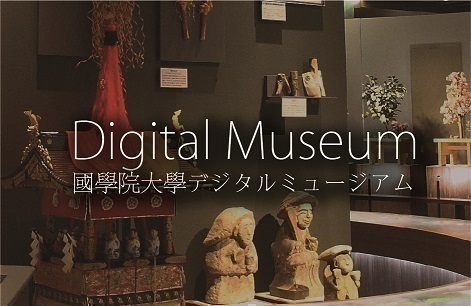- トップ
- Encyclopedia of Shinto
- Kannagarakyō
Encyclopedia of Shinto
| Main Menu: | |
| Links: |
詳細表示 (Complete Article)
| カテゴリー1: | 8. Schools, Groups, and Personalities |
|---|---|
| カテゴリー2: | Modern Sectarian Groups |
| Title | Kannagarakyō |
| Text | A Shinto-derived new religion founded by Mizuno Fusa (1883-1970). Fusa was born in Hiroshima Prefecture to parents who had earlier produced nine children, all of whom had either been premature births, stillborn, or died young. After making daily visits to a Koyasu Kannon ("easy childbirth Kannon") shrine, Fusa's mother gave birth to her, the couple's tenth child. At the age of 17 Fusa was invited by a friend to a religious meeting of the new religion Konkōkyō and awakened to the religious life. In 1900 she married a young man to whom she was related, but was divorced the next year, finally remarrying in 1904. The following year, because of her husband's work, the couple moved to Beijing and then, in 1907, to Dalian. There they attended a Konkōkyō church and in October of that year, both received divine inspirations. The next month they founded a movement called the Konshō Kyōkai ("Church of golden light"). Fusa later separated from her husband and devoted herself to religious activities, beginning proselytization activities in Japan in 1914. Since many of her followers were people associated with the Manchurian Railway, she was known as the "Manchurian Rail goddess." In 1925 the Konshō Kyōkai received official affiliation with the Shinto organization Shintō Taikyō, and in 1928 it established a provisional Japanese headquarters at its Chihaya branch center in Nagoya. In 1932 it changed its name to Kannagara Kyōkai. Following World War II, the movement relocated from the Asian mainland to its facility in Nagoya in 1947, and the next year built a new hall of worship at the site of its current headquarters, became independent from Shintō Taikyō, and was registered under the Religious Corporations Ordinance. In 1954 the founder withdrew from active participation in the movement's activities, and her adopted daughter Mizuno Kurako became its second leader. Mizuno Fusa died on July 20, 1970. The movement's doctrines are set out in its "Shiyōtei" ("Four key principles") and its "Goshinron jūgo kajō" ("15 articles of divine doctrine"). These state that the mind is made whole through giving thanks for the blessings of the universe, and through caring for the spirits of the dead. In addition, the movement considers that illness and other calamities are the result of malevolent spirits of both living and dead persons, and it aims to purify the spirits of the dead and to extinguish bad karma. - Fukushima Shinkichi |





